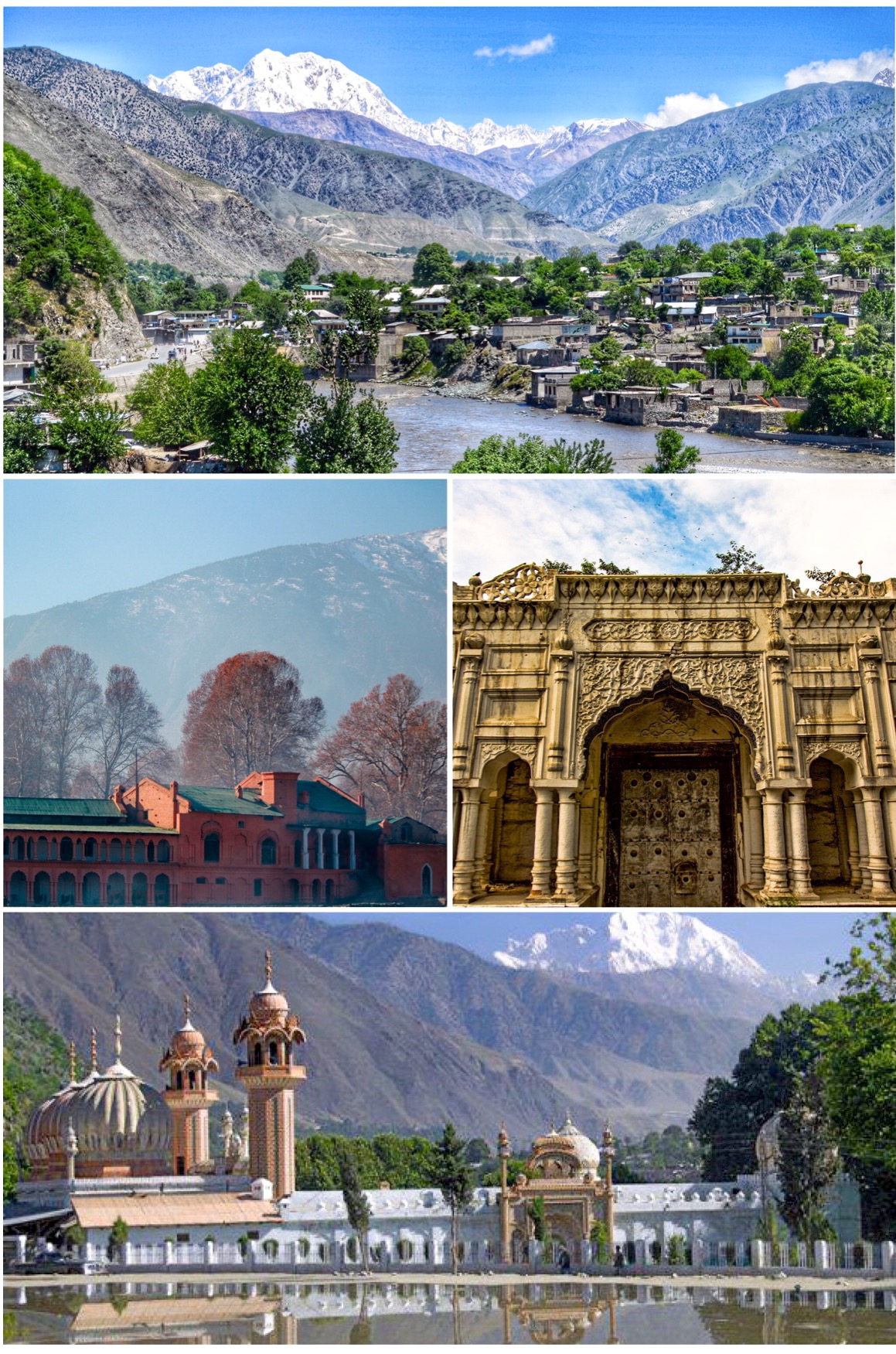I was just walking through some documents I had saved over the years, when it struck me that there has been very little new research work or relook into the history of the hill states. One particular format has been the examination of oral ballads, very few of which seem to be available in popular culture today. However, that was certainly not the case in the British era, when much field work seems to have been done by scholars of Europe on the subject, as they panned across the state of the Lahore kingdom and their adjunct territories. Sirmour was a Small Princely state along the Yamuna river's course While their purpose may have been malevolent in nature, many interesting insights got captured over the course of their work, and replication or improvement on the same seems to be rather scarce, especially in the context of what the European scholars used to call the "Punjab Hill States". One such case was on Sirmour, where very little information can be found in the publi...
 |
| Chitral Montage (Source: Wikipedia) |
I will firstly point out an analysis by Colonel Dr Narendar Singh of the archives of the Jammu and Kashmir princely state. I will just reproduce his words verbatim:
The earliest records available show that since the year 1864, The Mehtar of Chitral, Aman ul-Mulk used to send his Nazrana through his representatives, sometimes his brother, Makhmul Shah, to the Maharaja of Kashmir . In 1876 the Mehtar appears to have approached the Maharaja with a view to seeking his protection against the threatening attitude of the Amir of Afghanistan, who had an eye on this territory.
In fact, he puts out the terms of the Treaty between the state of Chitral and the state of Jammu and Kashmir, which can be seen below:
This agreement is made on behalf of myself and my children.
(a) I hereby agree that I shall endeavour to obey and comply with orders of the Maharaja and consider his well wishers as my friends and his enemies as my enemies and in recognition of sovereignty, pay the following Nazarana:
3 Horses
5 Hawks
5 Hounds
(b) One Motabir of the Maharaja will always remain at Kashgar and one at Yasin and they will be duly honoured and respected. Similarly, one Motabir of mine will remain in the darbar of Maharaja and another on behalf of the Hamim of Yasin in Gilgit for execution of orders. (c) I hall receive a yearly subsidy of Rupees 12,000/- from the Maharaja in observance of the above conditions and if instead of the Motabir, any of my sons takes up the place, he will receive a separate allowance from the Maharaja.
This of course is not the first time it has been mentioned. The same was mentioned in 1975 by Dilip Kumar Ghose in his assessment of the Pratap Singh rule of Jammu and Kashmir.
In 1914, a treaty was signed by the Mehtar of Chitral with the British, wherein the British had transferred the areas of Mastuj and Lampur to the state for administration. Two clauses - 1 and 8 - has been reproduced as follows by Narender Singh:
(1) I acknowledge the suzerainty of the Maharaja of Kashmir and Jammu and in token thereof will resume the annual payment following Nazarana:
3 Horses
5 Hawks
5 Tazi Dogs
(8) In consideration of my acceptance of the above conditions the subsidies now paid to me and certain officials viz. Rs 12,560/- a year by the Government of India and Rs 12,560/- paid by Kashmir darbar which be continued subject to the provision that the payment at present aggregating Rs 4,560/- a year made by the latter to certain officials and headman will gradually close as the present recipients die or are removed from office.
Another interesting source mentioning this treaty is an Ayesha Jalal supervised Masters thesis at Tufts University by Amna Qayyum. In this thesis, Qayyum refers to the treaty between Maharaja Ranbir Singh of Jammu and Kashmir and Aman-ul-Mulk, the Mehtar of Chitral, brokered by the British. This can be seen here, and the true translation as provided by the British Indian government at the time is produced as a picture.
Comments
Post a Comment